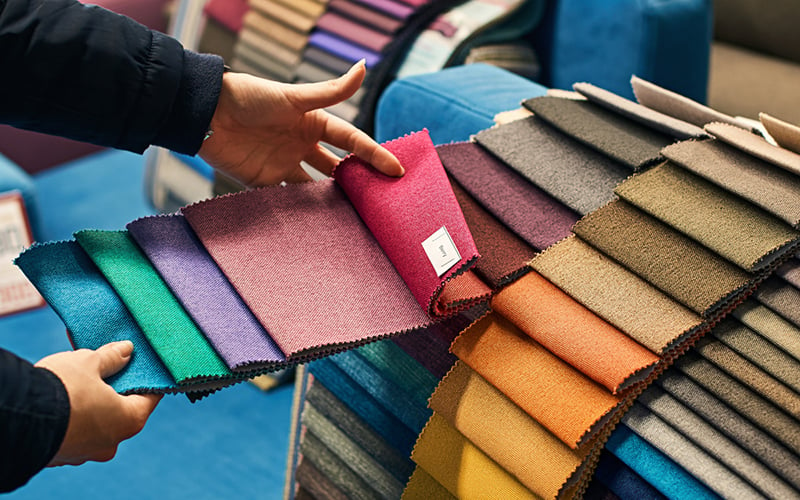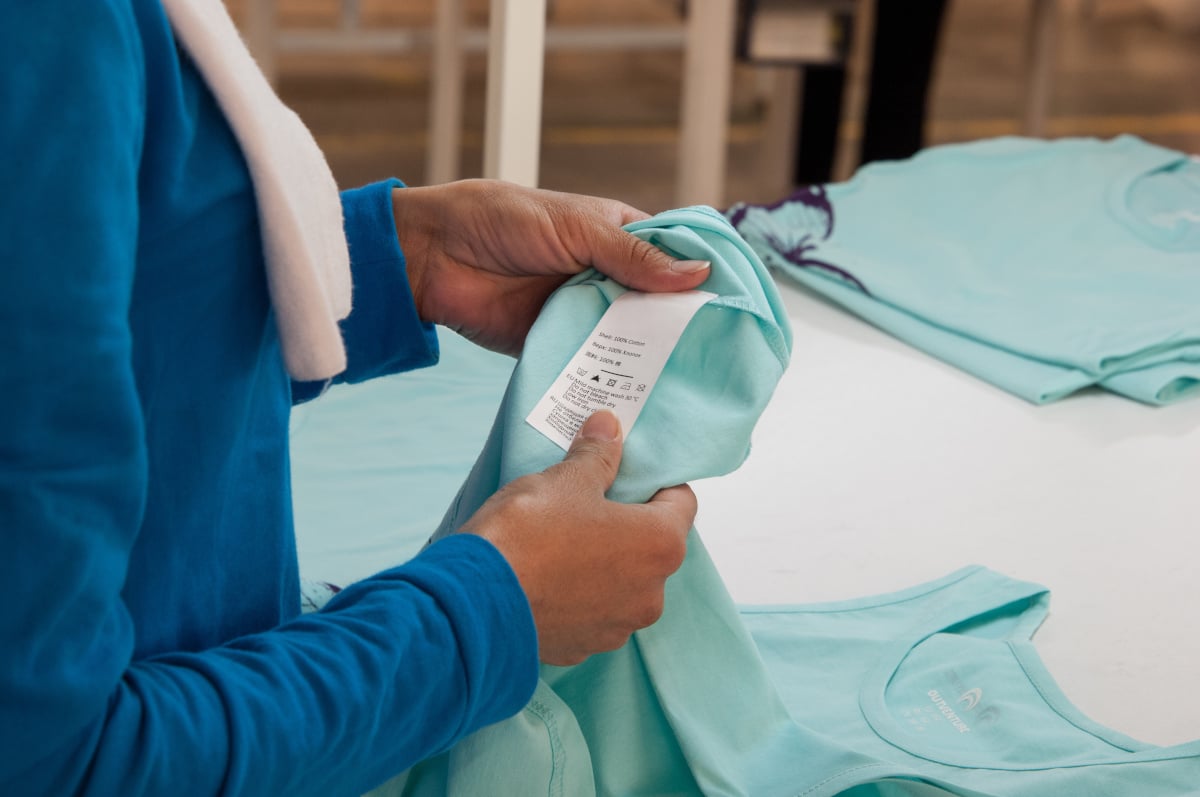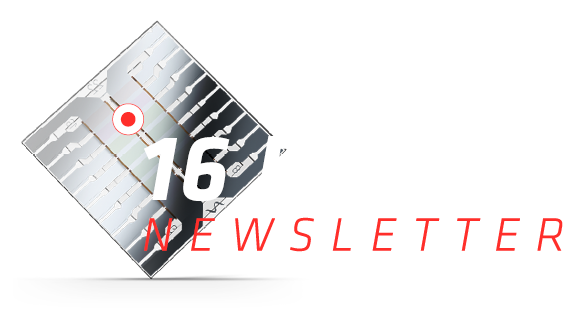Each year thousands of metric tons of textile fibers are produced, and it is becoming crucial to process, recycle and treat them correctly to minimize industrial and individual waste.
It is also becoming more important to differentiate certain fabrics or determine whether textiles are made from natural or synthetic fibers. Information that is of use to many, including businesses and individuals avoiding fraudulent fabrics or having consumers suffer from textile allergies.
But what are the differences between identification and quantification? How exactly does mobile textile analysis work? Let’s explore the answers.
Identification – What is in your sample?
When identifying textiles, you are analyzing their composition to determine what material they are made of. For example, cotton, polyester, silk, or wool. When using mobile textile analysis, this can be done wherever you are – at work, at the warehouse or in the field.
 © [berezko] / Adobe Stock
© [berezko] / Adobe Stock
Quantification – How much of a component is in your sample?
When quantifying textiles, you don’t just determine what your fabric is made of, but also how much of a certain fiber is present in your sample. If your fabric was made from cotton and polyester, you can determine the percentage of each, for example 80% cotton and 20% polyester.
Mobile textile analysis vs. lab analysis
How is mobile textile analysis different from lab analysis? What are the benefits of mobile testing and in what situations is lab analysis still necessary?
For one, conducting mobile textile analysis is much faster than conducting common lab analysis. You receive the results in less than a minute, while it sometimes takes a few days to get them from the lab. The results are easy to interpret, and your samples don’t get damaged in the process.
Mobile textile analysis allows you to test textiles wherever you are. You can use it to pre-sort samples and make informed decisions of whether certain fabrics need an in-depth analysis from the lab. This saves you money and time as only a fraction of samples will need to be sent to the lab.
 © [Elnur] / Adobe Stock
© [Elnur] / Adobe Stock
Discovering and creating possibilities
When it comes to mobile textile analysis and its area of application, the possibilities are rather broad. It has the power to enhance workflows, products, and services by making them faster, easier, and more affordable.
Take a look at the following use cases. Which of the application examples would benefit you? What other use cases might come to mind when thinking about your own line of work?
Inspecting incoming goods more easily
Test incoming fabrics as they arrive without having to send them to the laboratory and wait for the results. This allows you react to changes in quality or authenticity immediately and resolve uncertainties for all parties sooner. It also saves money and resources as the cost for lab analysis can be minimized and less experienced employees can conduct the testing.
Recycling textiles more precisely
Globally, an estimated 92 million tons of textile waste is created each year, as textiles are rather difficult to recycle. The use of mobile textile analysis allows for more precise sorting of fabrics, even on a small scale, and consequently leads to a more suitable recycling process. This doesn’t just simplify the workflow of recycling facilities, but also creates less unidentifiable waste for industries and households alike.
Ensuring quality of produced fabrics and fibers
Check the raw materials and fibers you produce before processing them further and ensure that quality parameters are met. Doing this also allows you to improve flaws in the composition of produced fabrics before selling them to your customers.
Identifying fabrics to treat them correctly
Think about cleaning services, industrial laundries, or even just your own home. There are many situations in which fabrics, such as carpets, clothing, or upholstery require cleaning but can not be treated with the right agents due to missing information about their material. This can lead to damaged textiles because of unnecessarily aggressive cleaning agents, or unsatisfactory results like persistent stains. Mobile textile analysis enables you to determine what fabrics are made of and treat them correctly with the appropriate level of care.
 © [warloka79] / Adobe Stock
© [warloka79] / Adobe Stock
Mobile textile analysis can make a difference for individual work lines and contribute to a more sustainable handling of textiles on a larger scale. You should now have a better understanding of textile identification and quantification, of possible use cases, and of the differences between mobile textile analysis and lab analysis.
Would you like to see how mobile textile analysis is conducted in real life? Check out this YouTube video to watch our SenoCorder in action.




